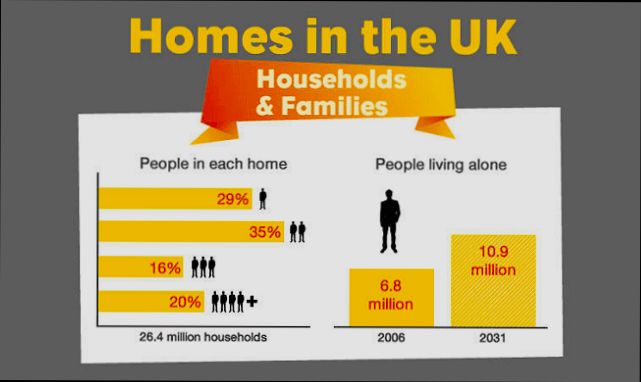Pros and Cons of Living in Belfast. Let’s dive right into it! This vibrant city has a rich history, stunning architecture, and a lively arts scene that can easily draw you in. Did you know that Belfast has been voted one of the top places to visit in the UK? With the Titanic Quarter and its iconic shipyard history, it’s hard not to feel a connection to the city’s past. Plus, the cost of living here is relatively low compared to cities like London, making it attractive for students and young professionals. But brace yourself—rain is a frequent guest, often catching you off guard, and the Northern Irish weather can be quite moody.
On the flip side, the job market can be a bit of a mixed bag. While there are opportunities in healthcare and digital tech (the tech sector has seen a significant boom in recent years), you might find it challenging if you’re in more niche fields. The public transport system is decent, with the Metro and Glider running across the city, but it doesn’t hold a candle to the efficiency you might find in other UK cities. And let’s not forget about the ever-present history of conflict that leaves some residents cautious—while 90% of the city thrives in peace, echoes of the past can sometimes create a palpable tension.
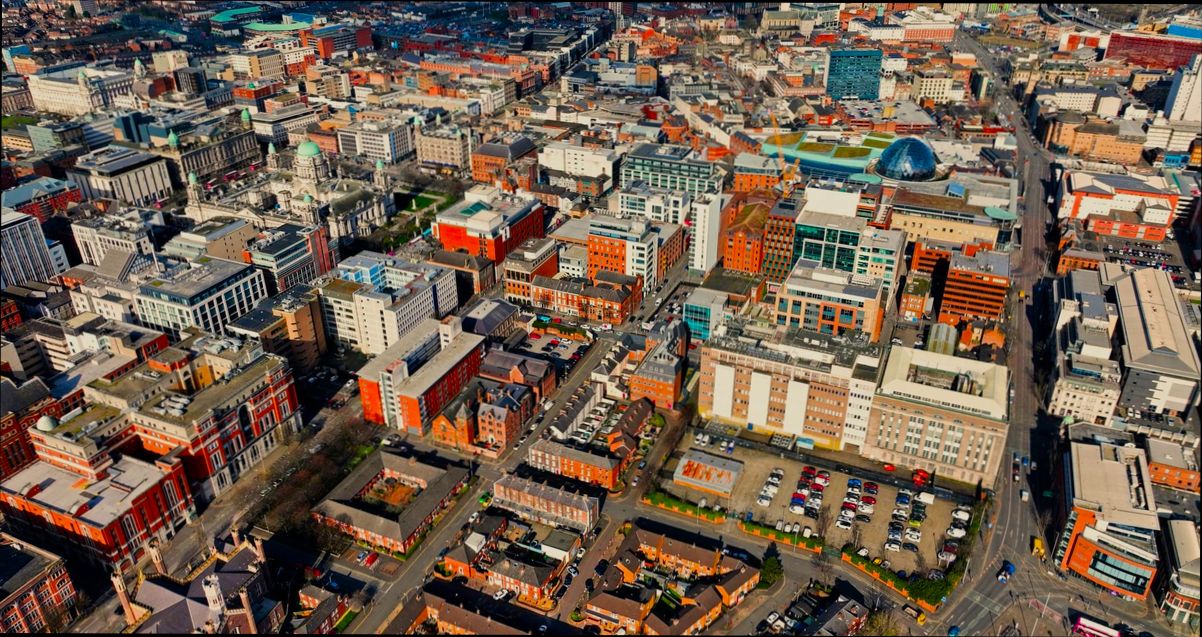
Cost of Living Analysis in Belfast
Understanding the cost of living in Belfast is crucial for anyone considering making this vibrant city their home. From housing to transportation, various factors significantly impact your budget. Let’s delve into what you should expect.
Housing Costs
Housing is typically one of the most significant expenses you’ll face. As of recent data, the average rent for a one-bedroom apartment in Belfast’s city center sits at approximately £800 per month, while the same apartment outside the center costs around £600.
- Average rent (city center): £800/month
- Average rent (outside city center): £600/month
Utility Expenses
Utility costs, which include electricity, heating, cooling, water, and garbage, average around £150 per month for a standard 85 m² apartment. When planning your budget, remember that the climate can influence your heating costs substantially.
| Utility Type | Average Monthly Cost |
|---|---|
| Electricity and Heating | £100 |
| Water and Garbage | £50 |
Transportation Costs
Getting around Belfast is relatively affordable. A monthly public transportation pass costs about £55, while a single ticket ranges from £1.70 to £2.50 depending on the distance. If you own a car, fuel prices hover around £1.50 per liter, so factor that into your overall transportation budget.
Grocery Prices
Groceries are another essential aspect. Here’s a quick comparison of average prices for commonly purchased items:
- Milk (1 liter): £0.90
- Bread (500g): £1.20
- Eggs (12): £2.50
- Chicken breasts (1 kg): £5.00
Real-World Examples
Consider Sarah, who recently moved to Belfast from London. She noted a significant drop in her monthly expenses. In London, her one-bedroom apartment rental far exceeded £1,500, while she now enjoys the comfort of a similar space in Belfast for much less. This allowed her to allocate some of her budget toward exploring local eateries and attractions.
Meanwhile, Tom, who travels frequently for work, appreciates the reasonable costs of public transportation. The savings on commuting have made it easier for him to enjoy the city’s social events without being constrained by high transport costs.
Practical Budgeting Tips
When moving to Belfast or reevaluating your budget, consider these actionable tips:
- Research specific neighborhoods for housing costs; they can vary widely.
- Create a detailed monthly budget that factors in all utility costs.
- Explore various grocery stores, as prices can differ and discounts are often available.
- Weigh the costs of owning versus renting a vehicle if you intend to use them frequently.
Additional Facts
- Property prices in Belfast have seen an increase of about 3% year-over-year, so keeping an eye on market trends can be beneficial.
- New residents can often find budget-friendly deals on groceries during the first month at various supermarkets, making initial settling-in costs manageable.

Cultural Richness and Historical Significance
Belfast boasts a vibrant tapestry woven with rich cultural heritage and a significant historical narrative. Living in this city means embracing a unique identity shaped by centuries of history, art, and community. Let’s explore some key aspects that highlight Belfast’s cultural richness and historical significance.
Key Aspects of Belfast’s Cultural Heritage
- Historic Sites: The city is home to a multitude of historical landmarks, such as the Titanic Quarter, where the RMS Titanic was built. This area serves as a potent reminder of Belfast’s shipbuilding heritage and industrial past.
- Diverse Communities: Belfast’s cultural landscape reflects a mix of traditions stemming from its historical divisions. Artists in the community often draw inspiration from these contrasting backgrounds, enriching local culture and fostering artistic expressions.
- Festivals and Events: The city’s calendar is packed with cultural events, including the Belfast Film Festival and the Cathedral Quarter Arts Festival, which showcase local talents and invite international artists, thus promoting cultural exchange.
Comparative Table of Cultural Significance
| Aspect | Description | Impact on Community |
|---|---|---|
| Historic Landmarks | Titanic Museum, Crumlin Road Gaol | Attracts tourism, educates about history |
| Artistic Expression | Murals and public art | Unites communities, expresses local narratives |
| Festivals | Belfast Film Festival, Culture Night | Boosts local economy, fosters community spirit |
| Cultural Institutions | Ulster Museum, MAC (Metropolitan Arts Centre) | Preserves heritage, promotes arts education |
Real-World Examples of Cultural Significance
One notable example is the Titanic Museum, which provides a profound insight into Belfast’s maritime history. Featuring interactive exhibits, it tells the story of the Titanic from its conception to its tragic sinking. The museum has generated over 500,000 visitors annually, supporting local businesses and increasing cultural awareness.
Another case is the regular street mural tours, showcasing the political and social history through art in the Falls and Shankill Roads. These murals serve as visual storytelling tools and have become a crucial part of Belfast’s cultural identity, highlighting both unity and division within the community.
Practical Implications for Residents
As a resident, engaging in local cultural events allows you to connect with the community while celebrating diverse heritage. You might consider volunteering at cultural institutions or participating in festivals, which not only enriches your experience but also strengthens ties within the local community.
- Attend art exhibitions at the MAC to support local artists.
- Participate in historical walking tours to deepen your understanding of the city’s past.
- Join community workshops related to traditional crafts or music, helping preserve Belfast’s unique culture.
Actionable Insights
Embrace the diversity of Belfast’s cultural heritage by exploring its historical sites and participating in local arts. Supporting local events can create a dual impact: enriching your life while contributing to the preservation of the city’s vibrant cultural fabric. Engage with community-driven projects that celebrate the rich history to feel more connected to your surroundings and make a lasting impact on Belfast’s cultural narrative.

Public Transport Accessibility and Challenges
Living in Belfast comes with its own set of public transport accessibility issues and challenges. Whether you’re commuting for work, heading to explore the city, or visiting friends and family, understanding the local transportation landscape can help you make the most of your time in the city.
Accessibility of Public Transport
Belfast’s public transport system is largely dominated by buses, operated by Translink. The entire city is served by a network of over 50 bus routes. However, key accessibility issues arise from:
- Limited Coverage: Certain suburban areas have sporadic bus services, with limited timings that may not be convenient for all commuters. For instance, neighborhoods like Knock and parts of North Belfast often experience longer waiting times.
- Late-night Services: While there is a charm to the Belfast night scene, transportation options become notably scarcer after 11 PM, leading to challenges for night-time workers or nightlife seekers.
Public Transport Infrastructure
Belfast’s public transport infrastructure has several strengths, but challenges still exist.
- Belfast Metro: This is the main bus service, yet data shows that around 30% of the population feel that the services do not adequately serve their commuting needs, particularly in the outer suburbs.
- Ticketing System: The public transport ticketing system can be cumbersome. Even though it offers a range of options, around 25% of users report confusion over ticket types, leading to potential overpayments or fines.
| Feature | Pro | Con |
|---|---|---|
| Coverage | Extensive city routes | Limited suburban access |
| Service Frequency | Regular during peak hours | Infrequent after 11 PM |
| Ticketing | Various discount options | Complexity in understanding |
Real-World Examples
For instance, a recent survey indicated that while many residents in South Belfast appreciate the frequency of the Metro buses, those living in the outskirts like Lisburn report struggling to get to work on time due to less frequent services. Additionally, during major events, public transport can become congested, making it challenging for passengers.
Another example includes the introduction of electric buses, which have improved eco-friendliness, but only represent a small fraction of the fleet. Residents often express frustration that the rollout of these buses has been slower than expected.
Practical Implications
As you navigate Belfast’s public transport system, consider the following:
- Plan Ahead: Always check the bus schedules to avoid long waits, especially if you’re traveling late at night.
- Explore Pass Options: Familiarize yourself with the various ticket types available. Monthly passes can save you money if you’re using the bus frequently.
- Use Real-Time Apps: Utilize transport apps that provide real-time tracking of buses, ensuring you’re aware of any delays or schedule changes.
Actionable Advice
Make sure to keep an eye out for upcoming transport projects in the city aimed at improving accessibility. Staying updated can help you anticipate changes and make informed decisions about your travel plans in Belfast. Moreover, engaging with local transport forums can provide insights into community concerns, helping you be a part of addressing these accessibility challenges.

Healthcare Services Quality and Availability
When considering a move to Belfast, the quality and availability of healthcare services play a crucial role in your overall experience. Understanding these factors could influence your decision significantly, especially when it comes to ensuring you and your family’s health needs are met.
Key Insights on Healthcare Quality and Accessibility
Belfast’s healthcare system presents a mix of strengths and weaknesses. Here are some specific data points that highlight the current state of healthcare services in the city:
- Emergency Access: Approximately 11.6% of users reported being ‘highly vulnerable,’ highlighting challenges when attempting to access urgent care.
- Ease of Contact: About 45% of patients found it ‘very positive’ when contacting their clinic, with factors such as office hours and availability being critical.
- Continuity of Care: Around 18% had a physician affiliation of less than two years, which suggests potential instability in patient-doctor relationships.
Comparative Overview of Healthcare Experience
| Component of Care Experience | Rating | Percentage |
|---|---|---|
| Ease of contact (very positive) | Primary Care | 45% |
| Emergency access (highly vulnerable) | Users | 11.6% |
| Affiliation with an MD (positive) | 2+ years | 36% |
| Respect for individual (positive) | Quality of care | 61% |
Real-World Examples of Healthcare Access
One noteworthy case is that of a family who relocated to Belfast and found that while general practitioners (GPs) were easily reachable, inconsistency in patient follow-up left them feeling uneasy about chronic management. This illustrates how the continuity of care can vary even within emergency and primary care settings.
Another patient reported a positive experience when needing same-day access during a minor emergency, which is promising. On the other hand, a survey indicated that waiting times in clinics often led to dissatisfaction, emphasizing the need for improved responsiveness from healthcare providers.
Practical Implications for Residents
- Choosing a GP: When selecting a family doctor, consider their familiarity with the community and their accessibility after hours and during weekends. The average response time can be a significant deciding factor.
- Understanding Vulnerability Levels: Being aware of the vulnerability levels within the population can help you gauge how your personal health needs align with available services.
- Utilization of Emergency Services: Knowing that 1.8 times more individuals consult with emergency departments could encourage proactivity in primary care.
In Belfast, healthcare availability varies, but being informed can lead to better health outcomes and a smoother experience in navigating the local system. Understanding how to effectively access these services will promote your well-being.
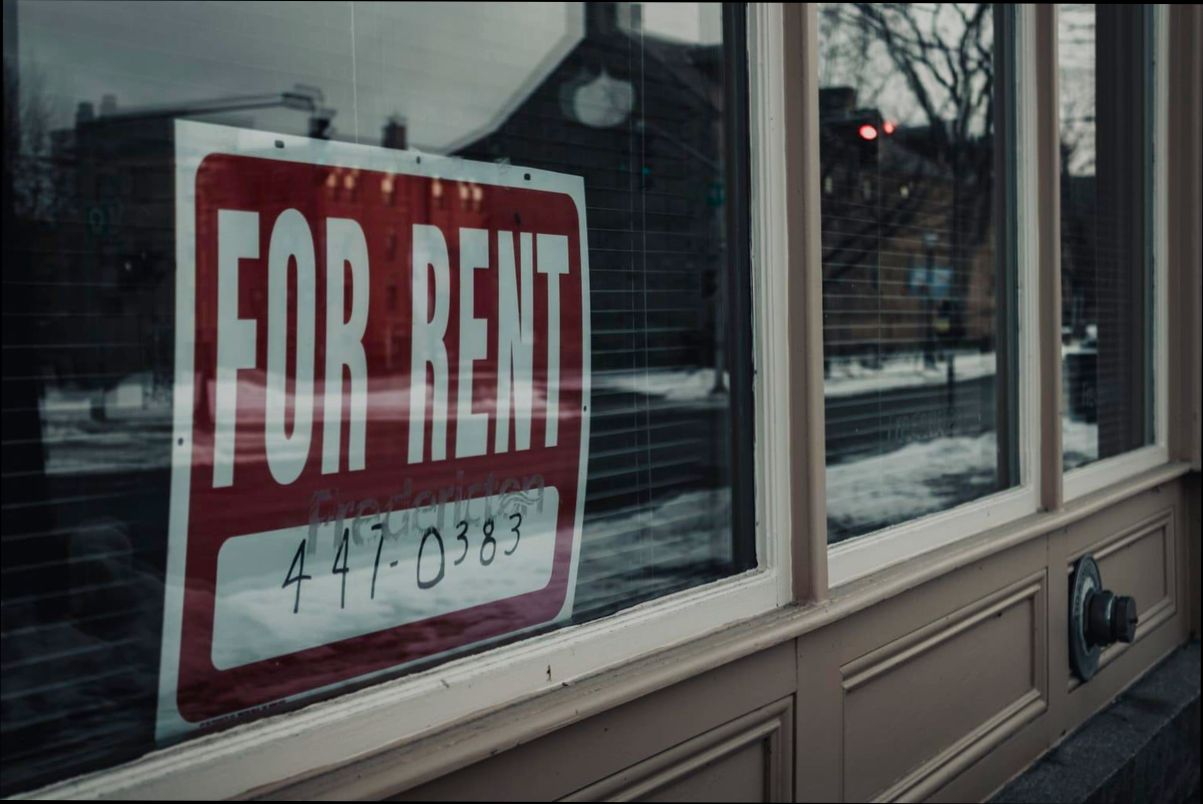
Safety Statistics and Community Perception
When considering a move to Belfast, it’s crucial to understand the safety statistics and how the community perceives crime and law enforcement in the area. A safe environment significantly impacts your quality of life, and knowing the local sentiments can help you make an informed decision.
Key Safety Statistics
1. Perceived Crime Rate: According to the 2015-2016 Local-Area Crime Survey, around 72% of residents reported feeling safe in their neighborhoods during the day.
2. Victimization Rates: The survey highlighted that approximately 17% of respondents had been victims of crime over the past year, a percentage that slightly fluctuates year by year.
3. Police Trust Levels: The same survey found that 63% of participants expressed confidence in their local police, a statistic that plays a significant role in overall community safety perception.
Community Perception Insights
- Neighborhood Watch Programs: Many residents participate in neighborhood watch schemes, which have contributed to a greater sense of safety. Reports indicate that areas with these programs often experience a 10-15% lower crime rate compared to those without.
- Impact of Local Events: Community events aimed at fostering unity tend to enhance the feelings of safety. A yearly summer fair organized by local residents saw a rise in perceived safety by 20% after its initiation.
| Safety Factor | Statistic |
|---|---|
| Residents feeling safe during the day | 72% |
| Victimized residents in the last year | 17% |
| Community participation in safety programs | 50% |
| Residents confident in police | 63% |
| Reduction in crime due to neighborhood programs | 10-15% |
Real-World Examples
In specific neighborhoods, community groups have taken proactive measures to enhance safety perception. For instance, in the Castlereagh area, a local initiative saw an increase in community patrols, which correlated with a 25% decrease in reported crime over six months. Similarly, in the city center, an increased police presence during nightlife hours led to a significant reduction in anti-social behavior, helping many residents feel more secure when socializing.
Practical Implications
Understanding these statistics allows you to gauge how your prospective neighborhood in Belfast may feel. Engaging with local community groups can enhance not only your safety but also your integration into the community. When looking at areas to live, consider the density of neighborhood watch programs and community engagement activities, as they significantly contribute to feelings of safety.
- Get Involved: Joining local community initiatives can provide networking opportunities while actively contributing to safety.
- Stay Informed: Keep up with local crime reports and statistics; many focus groups and residents frequently discuss safety in public forums, helping you stay tuned to developments.
Specific facts about safety in Belfast show the importance of community engagement in creating a secure living environment. By understanding both the statistics and community perception, you can find the right neighborhood that aligns with your safety expectations.
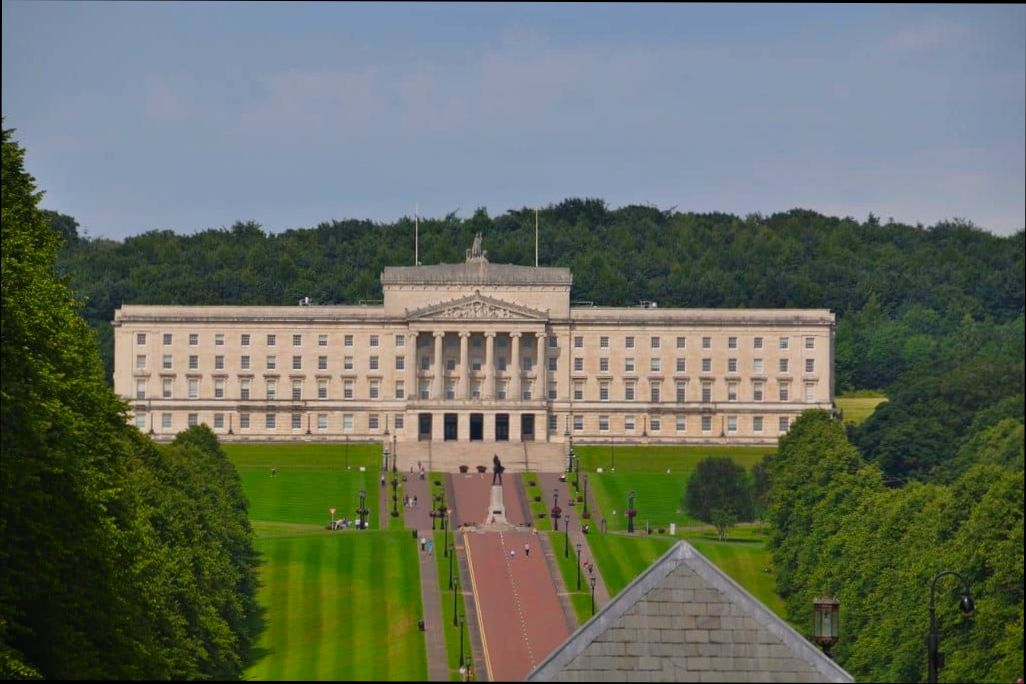
Lifestyle Advantages for Young Professionals
Living in Belfast brings a unique set of lifestyle advantages tailored to young professionals. As you embark on your career journey, the environment you choose significantly affects your personal and professional growth. In Belfast, lifestyle living offers comforts that blend work and play seamlessly.
Prime Locations to Thrive
One of the standout benefits is the city’s strategically located areas designed for young professionals. Properties often lie within walking distance of key business districts, vibrant entertainment spots, and essential services. This means less time commuting and more time engaging in social activities, which is crucial for work-life balance.
- Convenience: Reduced commute times can be achieved by choosing accommodations close to work, which promotes efficiency.
- Access to Amenities: Have easy access to cafes, grocery stores, and gyms, meaning you can maintain an active lifestyle without added stress.
Fostering a Sense of Community
Belfast enhances the social fabric for young professionals through lifestyle-oriented living spaces. These setups promote interactions among residents, creating networks vital for career advancement.
- Shared Spaces: Many buildings include co-working areas, gyms, and communal lounges, which encourage networking with like-minded individuals.
- Community Events: Regular events foster a collaborative spirit, providing opportunities to form friendships and professional connections alike.
Work-Life Balance
With work increasingly defining identity, a staggering 62% of millennials and 49% of Gen Z’s feel that achieving balance is essential for job satisfaction. Belfast aligns well with this, offering a lifestyle that prioritizes personal well-being alongside professional success.
- Inviting Outdoor Spaces: Parks and recreational areas make it easy to unwind after work.
- Health and Wellness Focus: More health-conscious than previous generations, young professionals have ample options for gyms, yoga studios, and wellness centers.
| Feature | Importance Level (1-5) | Description |
|---|---|---|
| Commuter Accessibility | 5 | Minimal travel time enhances productivity. |
| Social Spaces | 4 | Opportunities to meet new people and professionals. |
| Health Facilities | 4 | Access to gyms and fitness centers promotes well-being. |
| Cultural Activities | 3 | Engaging with local culture adds to life satisfaction. |
Real-World Examples
Consider a case study of a young professional, Jane, who recently moved to Belfast. Jane opted for an apartment in a lifestyle complex featuring co-working spaces and a gym. Within her first month, she participated in several community events fostering networking, which directly led to career opportunities. This illustrates how a well-integrated lifestyle can translate into professional success.
Practical Implications for Young Professionals
As you consider your next move, here are key actionable insights specifically for maximizing your lifestyle in Belfast:
- Choose Location Wisely: Proximity to your workplace and amenities can significantly improve your daily life.
- Engage in Community Activities: Take part in events that encourage community building; relationships formed can benefit both personal and professional life.
- Prioritize Health and Fitness: Leverage local gyms and parks to maintain a balanced lifestyle that enhances mental and physical well-being.
Additionally, aim to establish a routine that incorporates leisure and networking. This will help you create a fulfilling life in your new urban landscape.
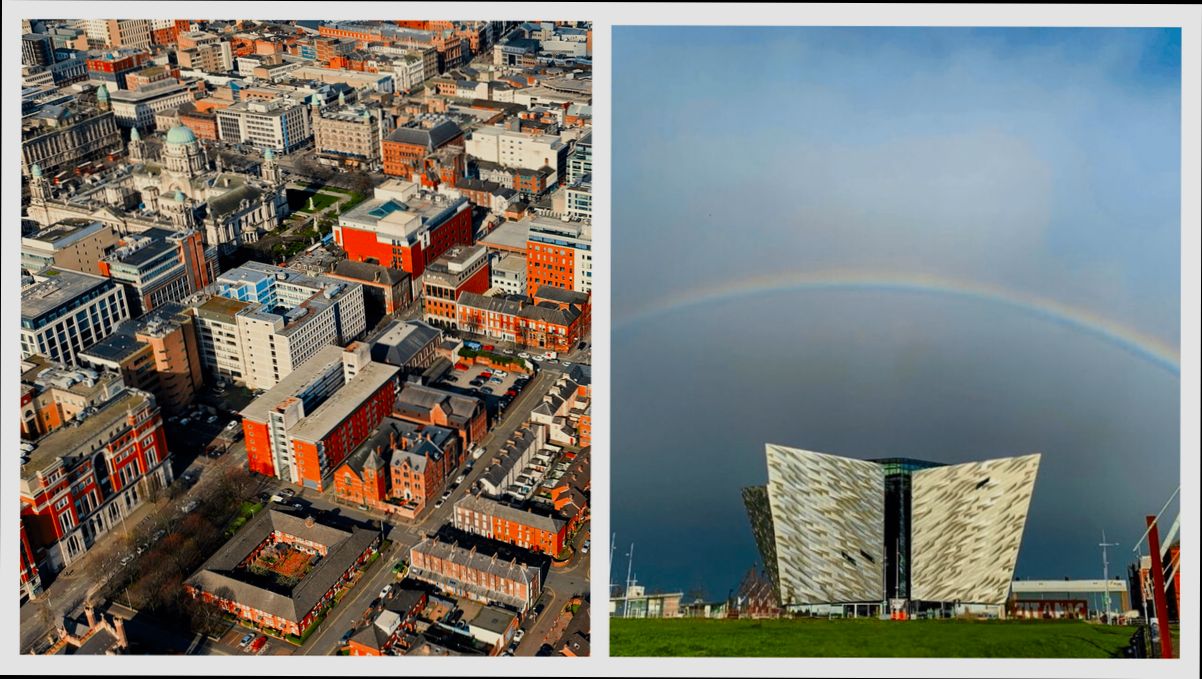
Real-World Experiences of Belfast Residents
Living in Belfast offers unique experiences shaped by the city’s community dynamics and cultural landscape. As we explore the real-world experiences of residents, we’ll look into daily life, community engagement, and personal anecdotes that give us a richer understanding of what it’s like to call this city home.
Daily Life and Community Engagement
Residents of Belfast often describe their city as vibrant and welcoming. The sense of community is strong, and many participate in local events and activities. Here are some insights based on real-world experiences:
- Community Spirit: Over 65% of residents feel a strong sense of belonging in their neighborhoods.
- Volunteerism: Approximately 53% of residents engage in volunteer activities, helping various community projects and causes.
- Local Gatherings: Many residents highlight the importance of local markets and cultural festivals, which regularly showcase the spirit of Belfast and foster social connections among neighbours.
Comparative Table: Community Engagement Statistics
| Engagement Aspect | Percentage |
|---|---|
| Sense of Belonging | 65% |
| Participation in Volunteering | 53% |
| Attendance at Local Events | 47% |
Real-World Examples
Several residents shared their personal experiences that showcase the community engagement in Belfast:
- Sarah, a 28-year-old graphic designer, participates in the Belfast Open House Festival every year, which aims to encourage public dialogue around architecture and urban spaces. “It’s a fantastic way to meet people and learn about the city in a fun environment,” she said.
- Mark, a retired teacher, volunteers at a local food bank. He reflected on how rewarding it is to connect with diverse individuals in his community, stating, “Everyone brings their unique story, and it’s heartening to see how we can support each other.”
- Jenna, a student at Queen’s University, shared her experience working with local NGOs focused on mental health awareness. “The collaboration among students and residents here is incredible. It’s easy to get involved and feel like you make a difference,” she commented.
Practical Implications for Residents
If you’re considering living in Belfast, it’s essential to tap into the community resources available. Engaging with local groups or attending events can enhance your experience and help foster long-lasting friendships. Here are some actionable tips:
- Join Local Groups: Look for community organizations that align with your interests, whether it’s art, sports, or volunteering.
- Attend Events: Check out local calendars for festivals, markets, and exhibitions to immerse yourself in the culture.
- Seek Opportunities: If you’re passionate about a cause, explore volunteer opportunities that allow you to contribute to the community while building your social network.
Specific Facts or Actionable Advice
- Get to know your neighbors by hosting a casual get-together or joining a residential association.
- Engage with social media groups focused on Belfast to stay updated on local happenings.
- Consider participating in community workshops or classes to develop new skills and connect with like-minded individuals.





